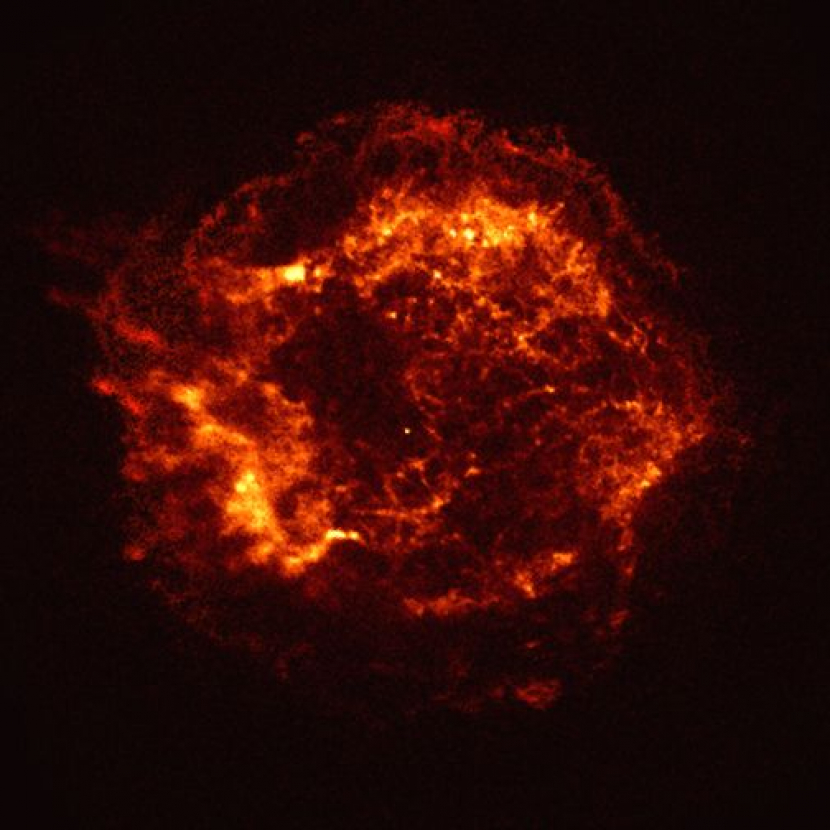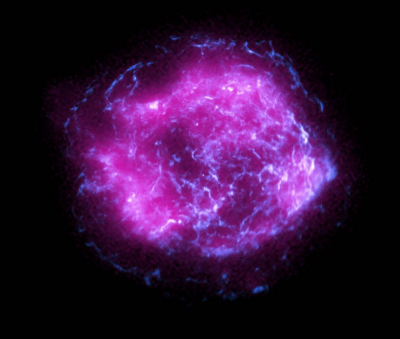SPACE — NASA’s X-ray hunters have taken their first spectacular-looking science image. The Imaging X-ray Polarimetry Explorer (IXPE) was launched on December 9, 2021 on a mission to observe objects such as black holes and neutron stars in X-ray light.
The IXPE hunt is highly anticipated to find out how the interior of the cosmos works. The telescope spent its first month in space preparing its various systems to take the first images. Today, the IXPE team has released the first science drawings.
The released image shows Cassiopeia A, the remains of a star that exploded as a supernova in the 17th century. The explosion sent a shock wave outward, heating the surrounding gas, and accelerating cosmic ray particles (high-speed electrons and atomic nuclei). According to NASA, all of these reactions create clouds of various kinds of matter. These clouds, as you can see in the image above, glow brilliantly in X-ray light.
Scroll to read
Scroll to read
“The IXPE image of Cassiopeia A is bellissima (Italian for beautiful), and we look forward to analyzing the polarimetric data to learn more about this supernova remnant,” said Paolo Soffitta, principal investigator for IXPE at the National Institute of Astrophysics (INAF) in Rome. .
According to NASA, although the image’s most striking feature is the neon-like magenta, it’s not like that in visible light. But the colors that represent the X-ray radiation are a useful guide for scientists.
The more saturated the color, the more intense the X-ray light. In addition, the vein-like lines resembling blue lightning in the image represent high-energy X-rays also captured by NASA’s Chandra X-Ray Observatory. The two X-ray-observing telescopes have different types of detectors, so by working together, they can produce more complete and detailed data.

Chandra’s first image was also Cassiopeia A after its launch in 1999. Chandra’s initial observations revealed that at the center of the massive stellar remnant, there must be a solid object such as a black hole or neutron star.
“The IXPE image of Cassiopeia A is as historic as the Chandra image of the same supernova remnant,” said IXPE principal investigator Martin C Weisskopf in a NASA statement.
“This demonstrates the potential for IXPE to obtain never-before-seen new information about Cassiopeia A, which is now being analysed.”
-“).attr({
type: ‘text/javascript’,
src: ‘https://platform.twitter.com/widgets.js’
}).prependTo(“head”);
if ($(“.instagram-media”).length > 0)
$(”


